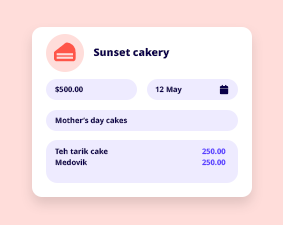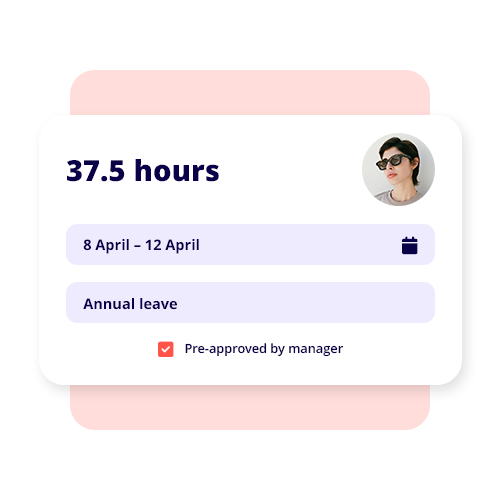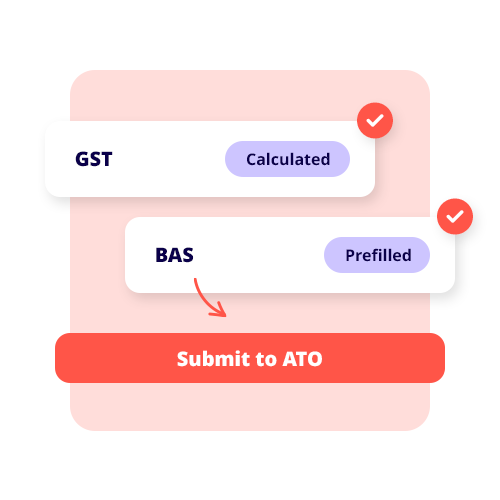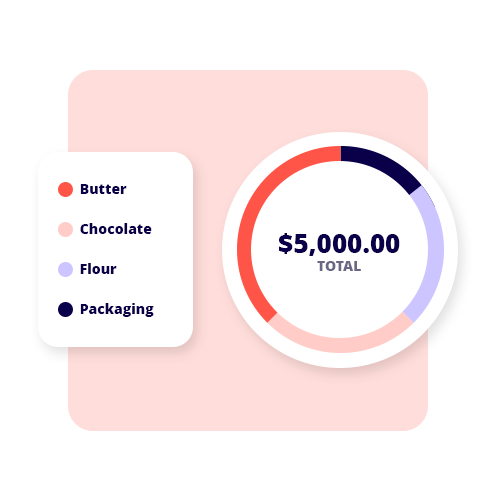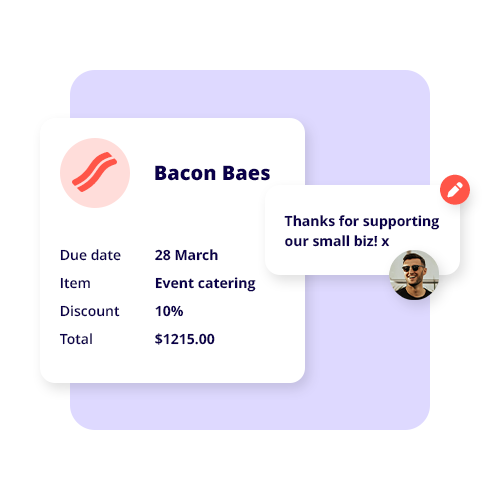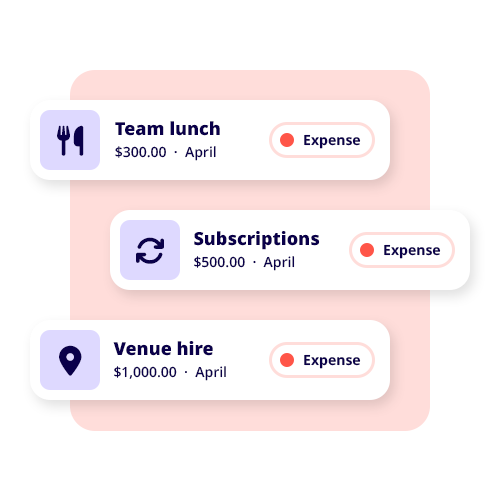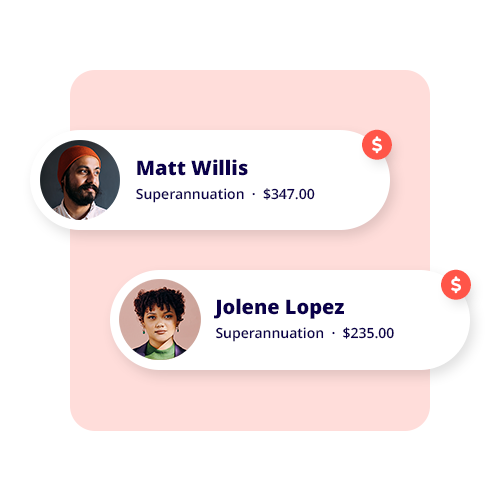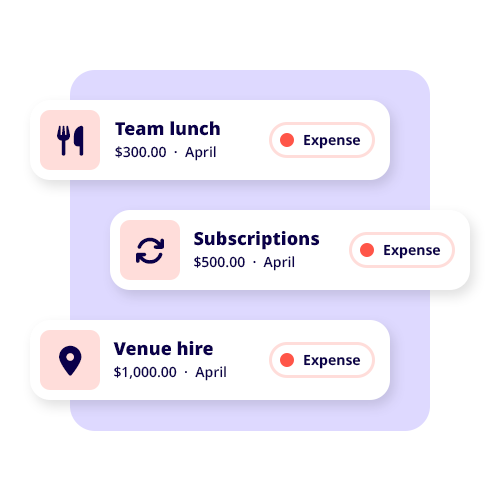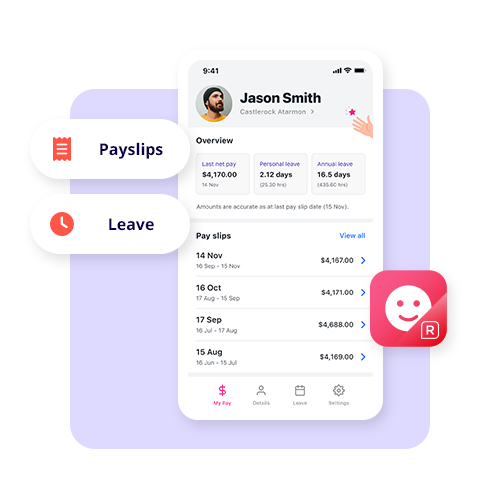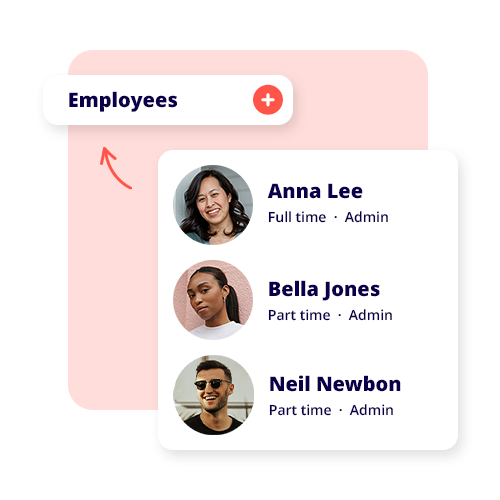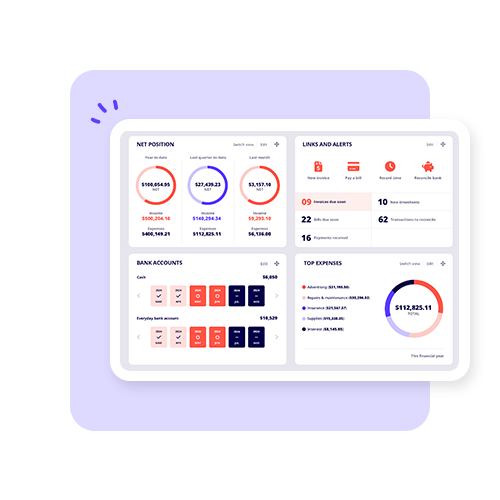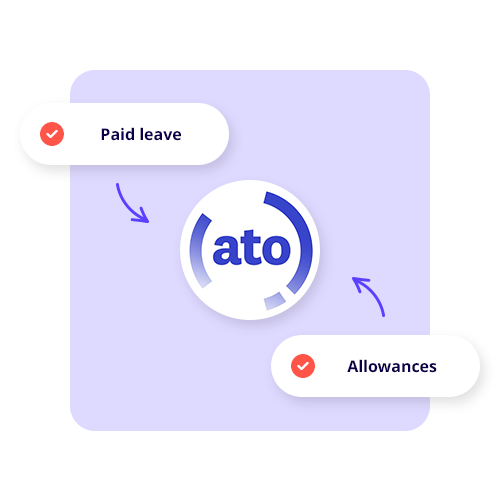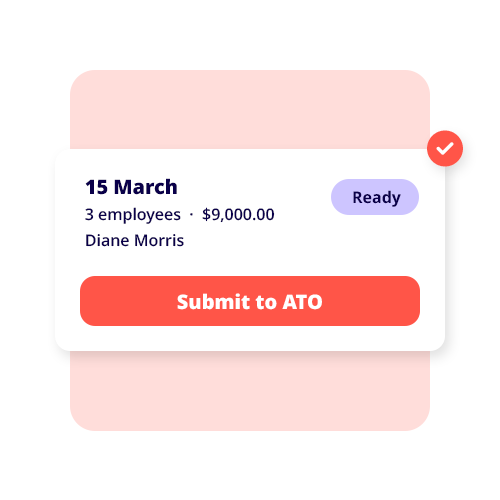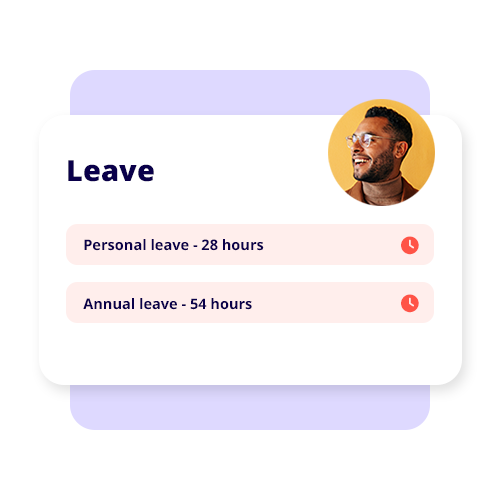Balanced Careers
What careers offer the best (and worst) work-life balance in Australia?


Choosing the right career for you
Choosing the right career shapes more than just your professional path, it has a big impact on your overall wellbeing too. To get a better picture of how different industries stack up, we analysed 11 key factors across four main areas: Workload, Life Balance, Flexibility and Time, and Household Time. The goal? To find out which careers in Australia offer the best (and worst) work-life balance, so you can make informed choices about your next step.
Key Takeaways

Top vs bottom careers
The top 10 vs. the bottom 10 is a case of white-collar vs blue-collar jobs. Our analysis reveals that office roles dominate the careers with the best work-life balance, securing 9 out of 10 spots, whereas hands-on, manual labour and trades hold 9 of the worst-ranked careers for work-life balance.

Industries ranked overall
Holding the top ten spots are industries that facilitate a hybrid working arrangement, with defence leading the way. In contrast, industries like Fishing, Mining, and Public Order score the worst in work-life balance due to the environmental factors associated with those particular industries.

Career & industry by category
By focusing on the factors of each category, we observe a break from white-collar roles dominating the rankings and see a mix of careers and industries excelling in different areas. Notably, individuals can find work-life balance opportunities in a range of careers and industries, depending on what key factor is important to them.
Best and worst careers for work-life balance
Topping the list are ICT professionals, with a score of 79.1 out of 100, followed by Executives at 74.9 and Business, HR and Marketing Professionals close behind at 69.4. These roles usually come with clear career pathways, strong support from higher education and plenty of remote or hybrid work options.
At the other end of the scale, Protective Service Workers rank last with a score of just 33.4 out of 100, largely due to high stress levels (8.52) and little flexibility (14.8%). Other jobs like Machine Operators (37.17/100), Drivers (40.27/100) and Construction Labourers (44.96/100) also rank low, weighed down by long hours and lack of flexibility. While these roles might keep you active, they offer fewer opportunities to work remotely, volunteer or manage your own time.
Best and worst industries for work-life balance
Leading the way is the Defence industry, including admin roles, with a strong score of 76.1 out of 100. This sector stands out for its manageable weekly hours at 38.8, high rates of flexible work at 60.5 percent and more than half the workforce able to work from home.
Fishing, hunting and trapping report the worst work-life balance, scoring just 37.3 out of 100, averaging 47 hours of work a week and no flexibility to work from home or adjust schedules. Coal mining is not far behind, scoring 37.9, clocking nearly 50 hours a week, long commutes and limited flexibility to work from home (27.0%). Metal ore mining tops the charts for longest hours, with workers putting in an average of 53.7 hours per week. While industries like mining may offer high pay, up to $2,872 a week, the trade-off is evident.
10 best and worst careers by category
Best & Worst Careers by Workload
Protective Service Workers top the list for the toughest workloads, scoring just 46.1 out of 100. They deal with high levels of stress at 8.52, work more than 41 hours a week and face long commutes averaging 38.7 kilometres. Farmers and Farm Managers follow close behind, clocking nearly 53 hours a week. While their stress levels appear extremely low at 0.04, this may reflect underreporting rather than reality. Overall, a heavy workload is not just about being busy, it is about the full picture.
Best & Worst Career by Life Balance
Food Preparation Assistants come in last place, with weekly average earnings of just $1,000 and volunteer participation at 5.3 percent, resulting in a life balance score of 9.28 out of 100. Hospitality Workers (15.99/100), Carers and Aides (19.42/100), and Sports and Personal Service Workers (16.42/100) also rank near the bottom. These results underscore the importance of work-life especially in industries where demanding job responsibilities leave employees with limited time.
Best & Worst Career by Flexibility and Time
Machine and Stationary Plant Operators score strikingly low at just 2.28 out of 100. Only 10.1 percent of workers report having flexible hours, and just 7.8 percent are able to work from home. Storepersons are next with a score of 7.45, where only 14.4 percent report flexibility and a mere 4.8 percent have the option to work remotely. These jobs typically require on-site presence and adhere to tight, often inflexible schedules.
Best & Worst Career by Household Time
At the very bottom are Personal Assistants and Secretaries, who average 10.25 hours of unpaid domestic work each day, contribute 28 percent to childcare, and score just 18.33 out of 100. General Clerical Workers follow closely with 9.58 hours of domestic duties and a 28.2 percent share of childcare. Others on the list include Office Managers and Program Administrators (34.76/100), Receptionists, Numerical Clerks (29.69/100), Health and Welfare Support Workers (39.01/100, and Arts and Education Professionals (36.29/100).
10 best and worst industries by category
Best & Worst Industries by Workload
Topping the list is Commission-Based Wholesaling, scoring an impressive 95.80 out of 100 for workload ease, thanks to a shorter-than-average work week of 37.3 hours, low stress levels at 0.58 and strong overtime conditions with a rating of 4.50 out of 5. Food Retailing and Motion Picture and Sound Recording stood out for low stress levels of just below 0.35, along with short commute times (20.6 km and 33.1 km respectively).
Metal Ore Mining ranks as the toughest, with a low workload ease score of just 45.24 out of 100. Workers in this industry average 53.7 hours a week and travel a staggering 144.5 kilometres from home to work. Public Order, Safety and Regulatory Services may have shorter hours at 40.8 per week, but they come with extremely high stress rates, averaging 8.03. Mining dominates this end of the scale, with Exploration and Mining Support, Coal Mining and Oil and Gas Extraction all reporting long shifts of up to 52 hours alongside significant travel requirements.
Best & Worst Industries by Life Balance
Leading the way for life balance is the Oil and Gas Extraction industry, with a huge average weekly earning of $2,652.60, an average of 88.4 minutes of physical activity and nearly one in five workers volunteering (19.2%). This combination earns it the highest overall category score of 66.07 out of 100.
The Agriculture industry stands out for community involvement, with more than a quarter of its workforce taking part in volunteering (26.4%).
Aquaculture ranks the lowest overall when it comes to life balance, with modest weekly earnings of $1,350, just 19.9 minutes of physical activity and a volunteer rate of 13.8 percent, resulting in a very low category score of 14.72 out of 100. Fishing, Hunting and Trapping follows closely, with the same income, slightly higher physical activity at 32.3 minutes, and a nearly identical volunteer rate (13.7%).
Best & Worst Industries by Flexibility and Time
Publishing (excluding internet and music publishing) leads the pack for flexibility and time, scoring an impressive 87.78 out of 100. Over half of workers in the sector (53.8%) benefit from flexible work arrangements, and a huge 80.8 percent have the option to work from home. Creative and Performing Arts activities also stand out, with a massive 94.5 percent saying they can work from home, even though general flexibility sits a bit lower at 45.7 percent.
Some industries just are not set up for flexibility, at least not yet. This usually comes down to the nature of the work being physical, site based or reliant on equipment that cannot be accessed remotely. Right at the bottom is Fishing, Hunting and Trapping, with no flexibility or remote work options, resulting in a flat score of 0 out of 100. Coal Mining does not fare much better, with no flexible work and just 27 percent able to work from home, earning a score of only 9.52.
Best & Worst Industries by Household Time
The top ten industries for household time are largely found in mining, construction and a few key manufacturing sectors. Coal Mining takes the lead, with workers averaging 7.51 hours of domestic tasks per week and 43.4 percent involved in unpaid childcare, earning a strong overall score of 81.22 out of 100. Oil and Gas Extraction follows closely with a score of 74.28, supported by 7.63 hours of unpaid work and 41.5 percent participating in childcare.
The ten worst industries for household time tend to fall under healthcare, education and the arts; fields where long hours and emotional demands can seriously eat into personal time. Despite this, Library and Other Information Services comes in last, with a concerning score of just 4.86 out of 100. Education roles are among the most affected, with workers in Tertiary Education scoring 27.7 while averaging 9.97 hours of unpaid domestic work and only 34.8 percent involved in childcare. Workers in Hospitals, Residential Care Services and Other Health Care Services all average more than 8.7 hours of domestic duties a week, with around 31 percent involved in childcare, and scores stuck in the low 30s.
ABOUT THE DATA
About the data
This comprehensive study by Reckon evaluates Australian occupations and industries to discover which offer the best work-life balance. The report analyses 43 occupations and 84 industries, ranking them against a series of factors that contribute positively and negatively to a healthy professional life.
The analysis uses the latest available data from government sources, including the Australian Bureau of Statistics (ABS) and Safe Work Australia. By transforming this data into a weighted index, we can provide a clear, data-driven perspective on the current state of work-life balance in Australia.
This analysis examines Australian work-life balance through two lenses: occupation and industry. For some granular (Level 2) industries where specific data was unavailable, the metric from the broader parent industry (Level 1) was used as a proxy to ensure a complete dataset.
Occupations are categorised using the Australian and New Zealand Standard Classification of Occupations (ANZSCO), focusing on Sub-Major (2-digit) groups such as “Business, Human Resource and Marketing Professionals.”
The categories and grouped factors used to build the index are as follows:
Workload Impact
- Hours Worked: This is the weighted mean of usual weekly hours in an employee’s current main job for full-time employees. It is a primary indicator of time commitment, where fewer hours are considered favorable for work-life balance.
- Work Stress: Measured by the Worker Compensation Injury Frequency Rates of total claims for mental stress. Frequency rate is calculated by number of claims per million hours worked over a year period (2018-2023). WCIFR has been estimated using the percent of total Mental Stress Claims making up the total count of claims. It is a direct indicator of the negative psychological impact of a job, where lower rates are more favorable.
- Overtime Conditions: measured by calculating an ‘’Overtime Condition’ score . Different overtime arrangements were assigned a score (e.g., Paid for overtime = 3.5; Included in salary = 2; Not compensated = -5). A higher final score indicates more favourable overtime conditions.
- Distance from Work (km): A weighted average of median counts of persons in various distance ranges.
Life Balance Proxies
- Weekly Earnings – Median Income: This represents the weighted median of weekly earnings from an employee’s main job. This factor assesses financial compensation.
- Physical Activity (outside of work): The mean total minutes full-time employees spend undertaking physical activity, excluding any activity at the workplace. This serves as a proxy for personal health and well-being.
- Volunteer Work: The percentage of people who undertook voluntary work for an organisation or group. While unpaid, this can be an indicator of community engagement and personal fulfillment.
Flexibility & Time Autonomy
- Flexible Work: The percentage of full-time employees who had flexible working hour arrangements. Higher flexibility allows for better integration of work with personal life.
- Flexibility to Work from Home: The percentage of full-time employees who usually had working from home arrangements. This is a key indicator of autonomy and reduced commuting time.
Household Time Load
- Unpaid Domestic Work: This is the weighted median of hours spent on unpaid domestic work by those employed full-time. It accounts for time spent on household responsibilities outside of paid employment.
- Unpaid Childcare: The percentage of people who provide unpaid care for their own or other children. This metric was calculated by counting those who cared for their own child/children, other children, or both, and dividing this by the total number of people who provided a valid answer. This highlights a significant non-work time commitment.
Methodology
The data was processed and analysed through a five-step methodology to ensure accuracy, fairness, and statistical validity.
Step 1: Data Collection & Preparation
Data for each factor was collected from the specified government sources. In this initial step, certain industries were excluded from the analysis due to a significant number of unavailable data points which would have skewed the final results. These industries included ‘Internet Publishing and Broadcasting’ and ‘Private Households Employing Staff’.
Additionally, any values recorded as “inadequately described” or “not stated” in the source datasets were not used in the calculation of metrics to maintain data quality.
Step 2: Data Cleaning & Custom Metric Creation
The raw data was cleaned to ensure consistency and prepare it for analysis.
- Percentage Conversion: Metrics reported as percentages, such as ‘Volunteer Work’, ‘Flexibility to Work from Home’, ‘Flexible Work’ and ‘Unpaid Childcare’ were converted into a decimal format. This was achieved by taking the number of people who reported undertaking the activity and dividing it by the total number of people who provided a valid answer.
- Overtime Condition Score: To quantify the nature of overtime, a custom ‘Overtime Condition’ score was created. Different overtime arrangements were assigned a score (e.g., Paid for overtime = 3.5; Included in salary = 2; Not compensated = -5). A higher final score indicates more favourable overtime conditions.
- Weighted Means: To estimate averages for metrics reported in ranges (like “Distance from Work” or “Unpaid Domestic Work”), the midpoint of each range was multiplied by the median number of persons in that range. These weighted values were summed and divided by the total to produce a weighted mean.
- ***Data Imputation: For some granular (Level 2) industries, certain data points were unavailable. In these instances, the value from the broader parent industry (Level 1) was used as a proxy to ensure a comprehensive dataset.
Step 3: Normalisation
To compare all factors with various units and scales (e.g., weekly income in dollars vs. hours worked vs Volunteer Work Percent), each factor was normalised. This process converts each data point into a score from 0 to 1, where 1 represents the most favourable outcome for work-life balance and 0 represents the least favourable.
- For factors where higher is better (e.g., ‘Weekly Earnings’, ‘Flexible Work’), the formula was:
Normalized= fracvalue−textmin_valuetextmax_value−textmin_value - For factors where lower is better (e.g., ‘Hours Worked’, ‘Work Stress’), the formula was:
Normalized=1−fracvalue−textmin_valuetextmax_value−textmin_value
Step 4: Weighting & Index Calculation
Each normalised factor was assigned a weight to reflect its importance in achieving a good work-life balance. These weights were determined based on a combination of general sentiment and validated using Principal Component Analysis (PCA) to identify the factors that most significantly contribute to the variance in the data.
The final Balanced Careers Index score for each occupation and industry was calculated by multiplying each normalised score by its assigned weight and summing the results.
Step 5: Ranking
With the final index scores calculated, all occupations and industries were ranked to determine the top 10 best and worst for work-life balance, as well as for other specific metrics like stress and flexibility.
Step 6: Category Scores
Metrics with similar themes (e.g. “Flexible Work” and “Work from Home”) were grouped under broader category labels such as “Flexibility & Time Autonomy.” To calculate a score for each category, the normalised value of each metric was multiplied by its importance weighting. These weighted scores were then summed to produce a category score.
It’s important to note that each category may have a different total weighting, depending on how many metrics it includes and how heavily those metrics are weighted. For example, the “Workload” category might have a total combined weighting of 40%, while “Life Balance” has 25%. As a result, category scores are not always directly comparable, scoring 85 in Workload may not reflect a score of 85 in Life Balance.
Notes on the Data:
Custom Metrics/Calculations
- Unpaid Childcare Calculation: This metric includes those who cared for their own child/children, other children, or both. The final percentage was calculated by dividing this count by the total number of respondents who provided a valid answer to the childcare question.
- The metrics for Volunteer Work, Flexible Work, Flexibility to Work from Home, and Unpaid Childcare were calculated as percentages. This was derived by dividing the number of people undertaking these activities by the total population who gave an answer.
- An “Overtime condition” score was created by assigning a value to each type of overtime arrangement, such as paid for overtime (3.5), included in salary (2), and not compensated (-5). The higher the resulting score, the better the conditions for working overtime are considered to be.
- Weighted Means: To estimate averages for metrics reported in ranges (like “Distance from Work” or “Unpaid Domestic Work”), the midpoint of each range was multiplied by the median number of persons in that range. These weighted values were summed and divided by the total to produce a weighted mean.
- Work Mental Stress: As Safe Work Australia had limited data on injury specific WCIFR, WCIFR for mental stress was calculated by multiplying the WCIFR for all injury types by the percent of Mental Stress claims (Mental Stress Claims/Total Claims – All Injuries). This provided an estimate for the Frequency rate of Mental Stress Claims.
Data Handling, Cleaning and Exclusions
- Values that were “inadequately” or “not stated” were not used in any metrics or calculations.
- When values for Level 2 industries were incomplete, the corresponding values from the parent Level 1 industry were used instead.
- Due to having too many unavailable data points, “Internet Publishing and Broadcasting” and “Private Households Employing Staff and Undifferentiated Goods and Service-Producing Activities of Households for Own Use” were not included in the industry index.
Weightings
Weighting Methodology: The weightings assigned to each factor are based on general sentiment regarding their importance and were cross-checked using Principal Component Analysis (PCA) of the metrics.
Disclaimer: It is important to understand that although this study seeks to provide a statistical representation of work-life balance across Australia, it does not serve as career or financial advice.
“Our new study shows us that career paths in ICT, leadership, HR and creative industries are leading the charge because they offer a winning mix of flexibility, purpose and autonomy. These aren’t just good jobs, they’re sustainable careers that give people the room to live well, stay productive and avoid burnout.
“On the flip side, we’ve got a real opportunity to rethink how we support hands-on, high-pressure roles like protective services or machine operation. These jobs are critical to our communities, but the current structure isn’t always kind to work-life balance. If we want a resilient workforce across all sectors, now’s the time to invest in smart flexibility, better technology and supportive frameworks that put people at the centre, because at the end of the day, a balanced workforce is a high-performing one. Simple habits like setting clear boundaries between work and home, using tools to automate routine tasks and actually taking breaks make a huge difference not just to productivity, but to your overall wellbeing.
“At Reckon, we don’t just talk about balance; we live it. Being named a Great Place to Work for 2024 to 2025 isn’t just a badge of honour, it reflects our genuine commitment to flexibility, mental well-being, and creating a safe, inclusive environment for our people. We take pride in caring for our employees and nurturing a supportive workplace. From flexible remote work options and regular check-ins to promoting true work-life integration, we understand that when our team members are happy and healthy, they perform at their best.”

– Jessica Morris, Head of People & Culture at Reckon

Download the full report
Looking for the right career for you? Download the full report!

Katy Walker, The Clearing Room
set-up reckon one
Accounting software made for every small business
Spend less time managing your finances and more time growing your business.
Related resources

2025 Small Business News Wrap
Read our 2025 news wrap, covering the big changes that happened in 2025, what you missed, and what’s next for small businesses in 2026!
Reckon Blog
Visit the Reckon Blog to get the latest news and insights into the small business world in Australia. Whether you're navigating new regulations, exploring growth strategies, or keeping up with trends, we’ve got you covered. Back yourself and learn how to think about your business differently!























